A new study urges doctors to turn to more dependable tests to prevent the development of type II diabetes in mothers and children.


A new study urges doctors to turn to more dependable tests to prevent the development of type II diabetes in mothers and children.
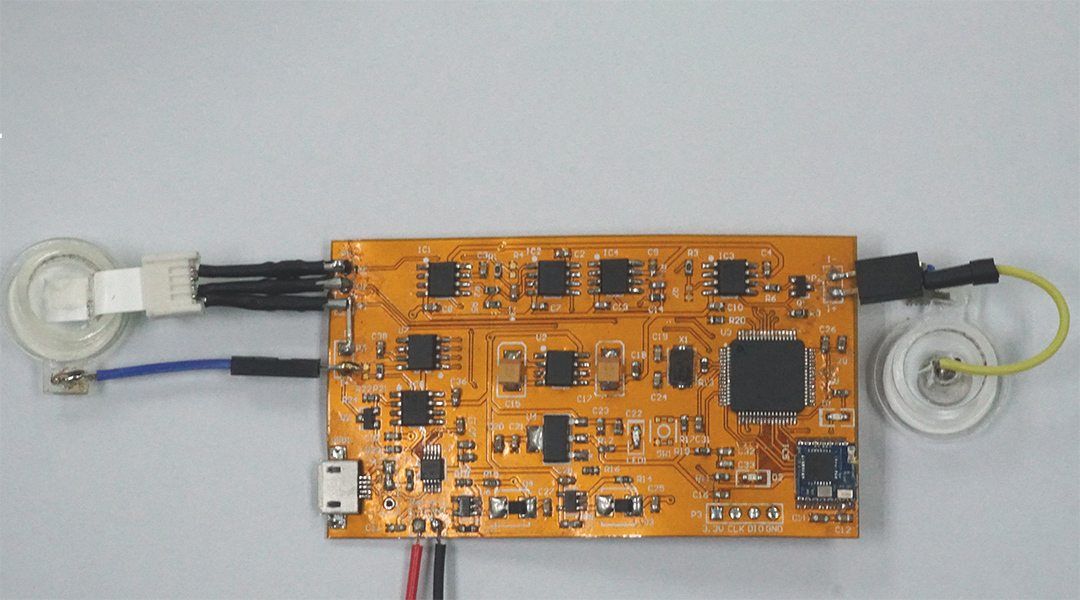
Minimally invasive smart patches can continuously monitor glucose blood levels and administer insulin as needed.
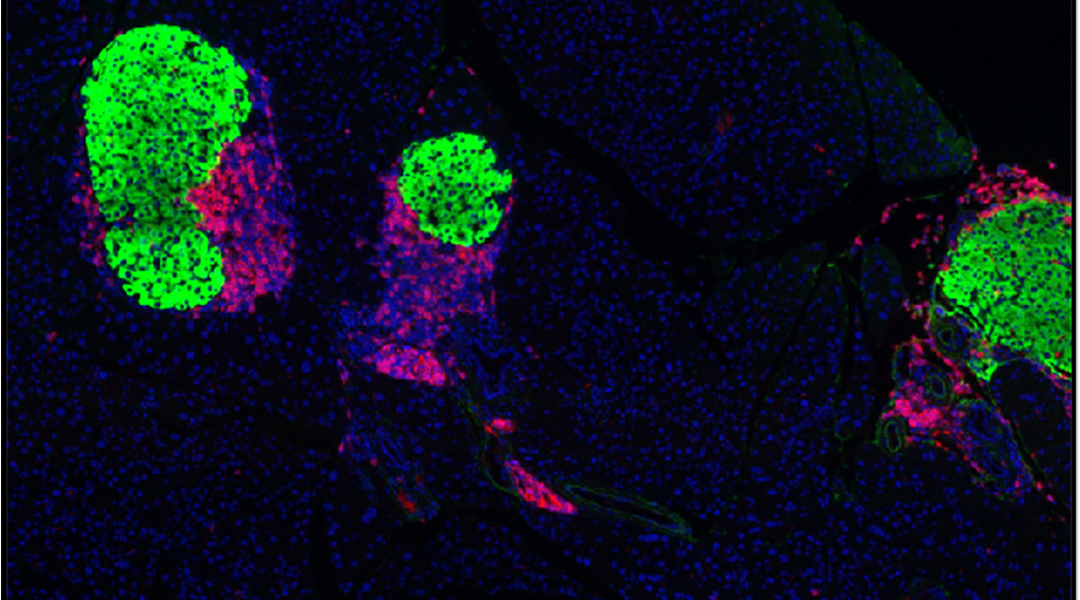
Bioengineered pancreatic beta cells adorned with immune checkpoint proteins prevent the progression of type 1 diabetes.
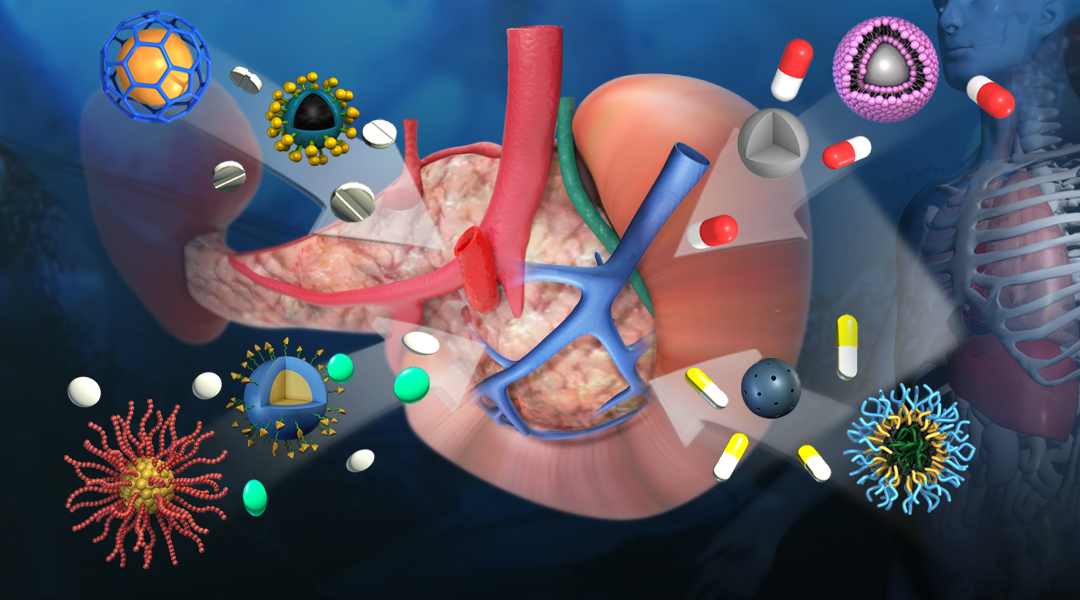
Nanotechnology is poised to revolutionize the diagnosis and treatment of patients with type 1 diabetes.

New technologies for inhaled insulin are aimed at improving formulation through enhanced delivery systems.
![An On-Skin Artificial Pancreas for Diabetes Management [Video]](https://www.advancedsciencenews.com/wp-content/uploads/2019/02/adfm201807369_ASN_001-e1550050676442.jpg)
A microneedle-array patch worn on the skin mimics the stable insulin secretion pattern of a healthy pancreas.

Annals of the New York Academy of Sciences has published this year’s installment of the annual reviews series The Year in Diabetes and Obesity, edited by Rexford Ahima (The Johns Hopkins University School of Medicine).
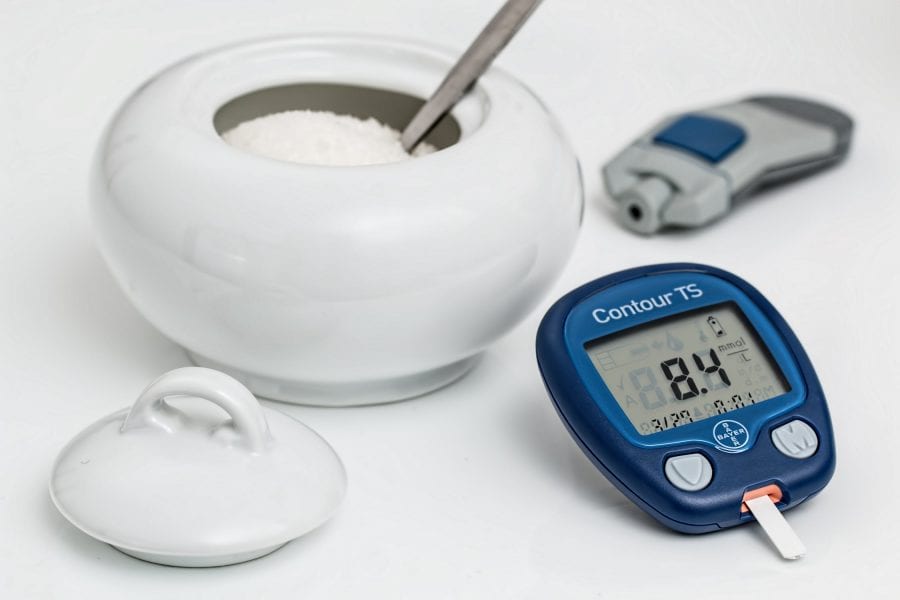
A plasma-treated polyethylene is used as as an affordable and easy mediator to produce enzymatic glucose sensors that could be used for diabetic patients.

RNA binding proteins are implicated in diabetes-associated pathogenic events as they initiate pathogenic signals that can cause mitochondrial dysfunction, fibrosis, inflammation and epithelial mesenchymal transition (EMT).
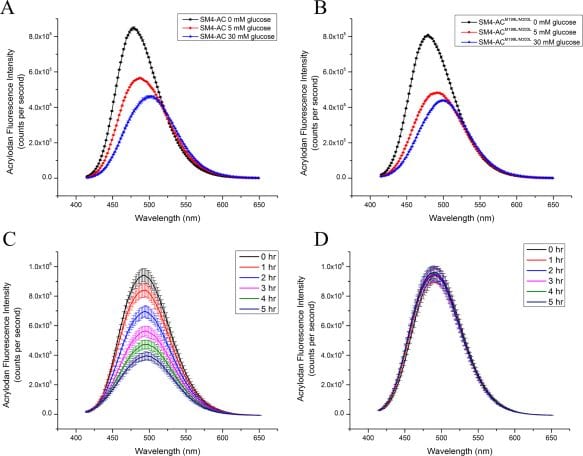
A comprehensive physicochemical analysis of a prototype continuous glucose monitor developed as a less invasive and more patient-friendly alternative to the lancet based glucose monitors is reported.